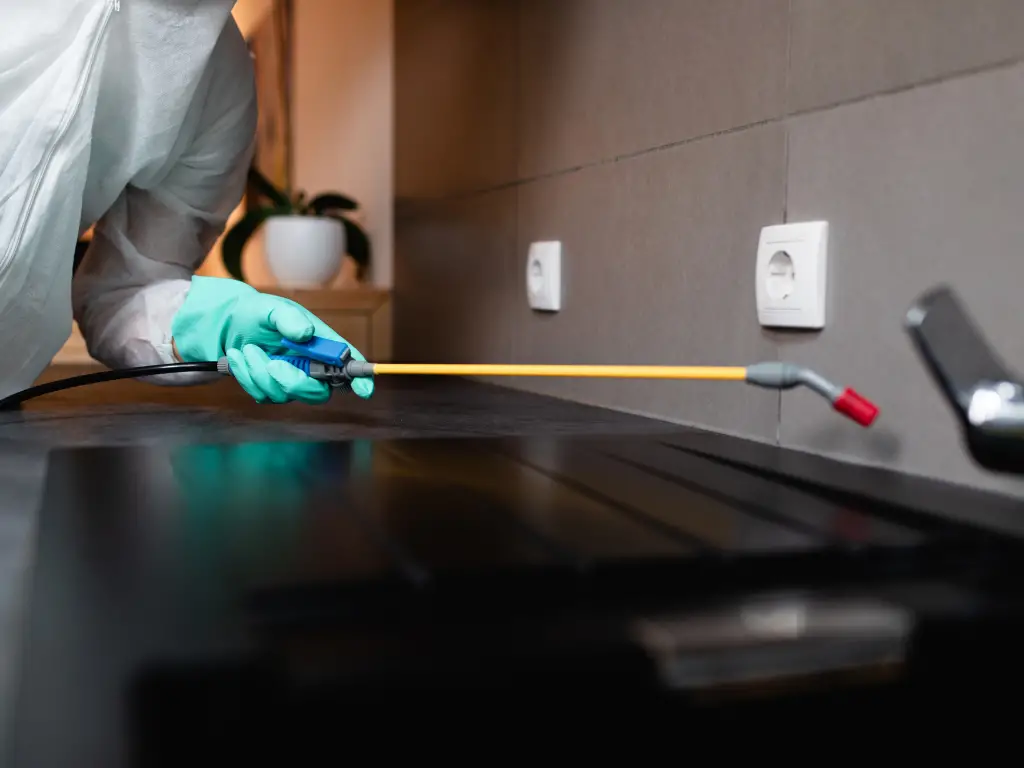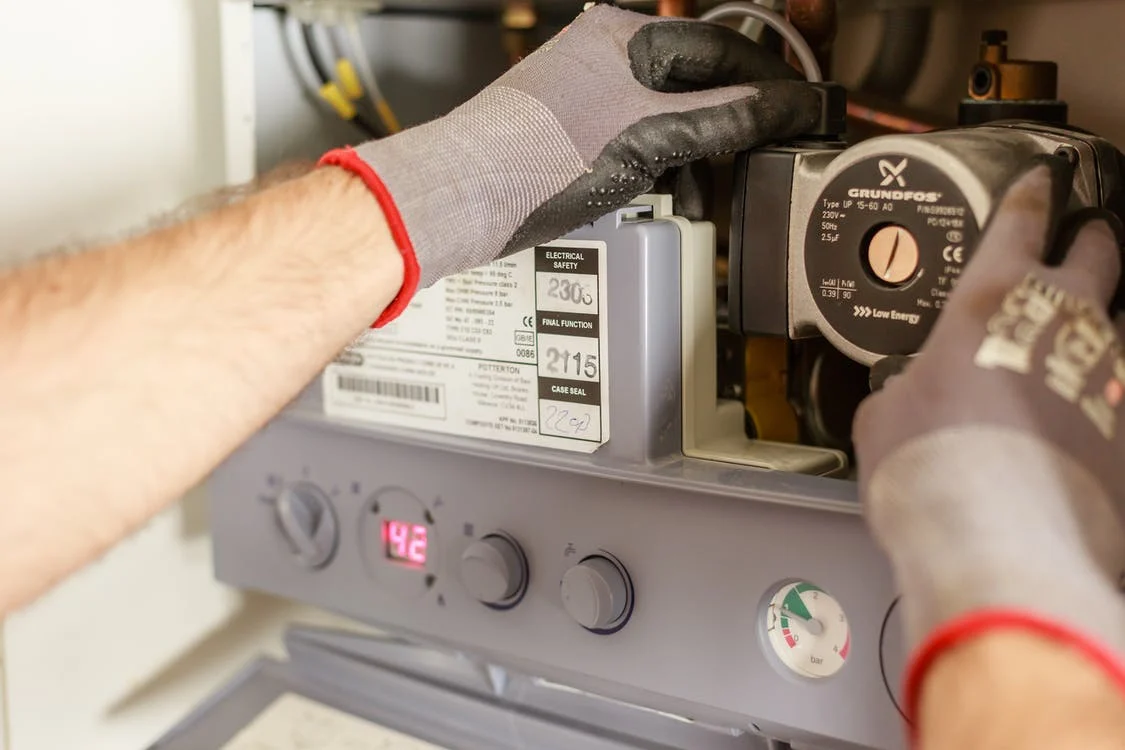The stories you’ve heard about termites doing thousands of dollars of damage are all true. Companies offering termite inspection Toowoomba services have seen all types of termite infestations, and it’s often too late by the time they’re in your house. A determined nest of termites can chew their way through everything, including structural timbers, plaster, decorative mouldings and more. Investing in regular termite inspections is the simplest way to protect your house from damage. Professional pest control technicians can make short work of inspecting your property to spot termite infestations and provide the peace of mind you need.
Pest and Termite Inspections
Pest and termite inspections are performed by pest control specialists. These inspections are used to identify pest problems, such as termites, ants, fleas, ticks and more. Every pest inspection is a little different. The areas your specialist checks depend on the pests in your area, how your property is laid out, construction materials and any concerns you have. Based on your needs, a full pest inspection should provide a report on the following areas of your home:
- All indoor rooms and spaces
- Ceiling cavities
- Subflooring and crawl spaces
- House stumps and foundations
- Sheds, garages and other outbuildings
- Front and backyards
- Garden beds
- Other vegetated areas
Visual Termite Inspections
A visual termite inspection is the first stage of evaluating your property for signs of termites. If you live in an area that has termites, or if you have noticed other signs of termites on your property, it’s worth investing in a professional termite inspection. As part of a visual inspection, a professional will check your property for signs like:
- Termite mounds and nests. Most termite nests are found in wooded areas. These nests take the shape of large, mudded mounds that are easy to spot near trees, fallen logs and other places on your property.
- Mud tunnels. Termites live and travel underground, so they build mud tunnels when they need to travel across surfaces like concrete foundations. These mud tunnels aren’t always easy to spot, but a professional pest controller knows where to locate signs of termite ingress.
- Flying insect swarms. Similar to ants, winged termites undergo a swarming event in spring and summer. If you notice white, winged pests flying around, it can be a sign that termites are nesting in or around your house.
- Damage to your property. Termites are famous for eating wood, but they can damage just about every part of your home. Professionals know exactly which areas to check for visible signs of termite damage.
The Termite Inspection Procedure
During a complete termite inspection, a professional pest control technician will visit the property and examine every accessible part of the house for signs of pests. Since termites live underground, they’re often hard to detect, so your pest control specialist will use specialist tools to detect problems. Most pest controllers use equipment such as thermal imaging cameras, fibre optic cameras and moisture detectors to identify potential termite nests. After the inspection is complete, the technician will compile their findings into a report. That report will typically contain recommendations on how to proceed with any pest control treatments your property needs.
Tips for Protecting Your Home from Termites
Termites are known for chowing down on timber, but they’re happy to chew their way through anything that’s in their path. That means a termite infestation can damage your walls, ceilings, structural timbers and just about every other feature of your home. Companies offering termite inspection Toowoomba recommend a few simple tips for protecting your home from damage:
- Regularly clean your gutters to remove leaves and other debris
- Trim any branches or vegetation that overhangs the roof of your home
- Avoid leaving debris, vegetation or firewood up against your home
- Remove dead trees and tree stumps from your yard
- Repair any leaky pipes, taps or fittings
- Build garden beds away from your home’s foundations
- Have your property inspected for pests and termites every 12 months
Prevention is the best medicine when it comes to termites. With just these few simple tips, you can dramatically reduce the chances of termites finding their way into your home. If you do notice signs of termites in your yard or inside the house, it’s important to contact a professional pest control company immediately. Dealing with the infestation quickly is the key to protecting your property from costly damage.






